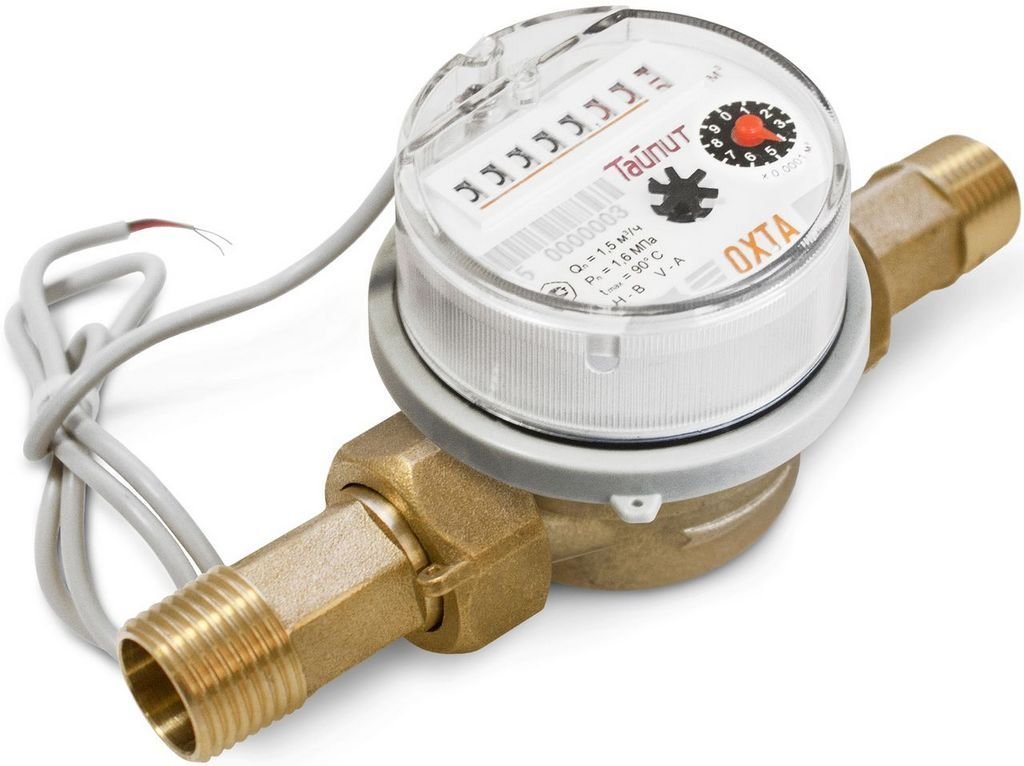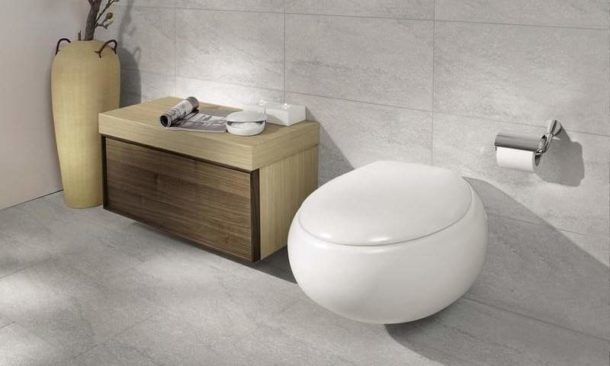Content
- Types of Counters
- Mechanical water meters
- Pulse Output Counters
- Household electronic water meters
- Certification and verification
Today, the installation of water meters has become a necessity. If you try to calculate the actual water consumption, then make sure that it is much lower than that which is paid according to the general standard, so paying by the meter is much more profitable. The main role in reducing costs is played by the hot water meter, because the payment for heating the water is an essential part of utility bills. Let’s find out which water meter to choose to start saving.

Types of Counters
We will try to understand the classifications of water meters in order to understand which one is better to choose for installation in the apartment.
Water meters can be designed for cold or hot water. They have the same principle of operation and differ in the materials from which they are made. The device for cold water is designed for temperatures within 40 ° C, for hot - for temperatures up to 150 ° C.

According to the principle of operation, the counters are divided into:
- mechanical - have an impeller or turbine connected to the counting mechanism, which is driven by a water stream;
- electronic - in addition to the impeller, they have a special device that, when rotated by a water jet, transmits electrical signals to the summing unit.
Vortex, electromagnetic and ultrasonic water meters are also distinguished, which are usually not used in everyday life. We will figure out in which situation it is better to choose a mechanical, and in which - an electronic device.

Mechanical water meters
To account for the water flow in apartments, mechanical water meters are most often installed.
Advantages:
- small size;
- low cost;
- sufficiently high measurement accuracy;
- reliability and maintainability;
- non-volatility;
- long service life - an average of 12 years.
USEFUL INFORMATION:Flowing water filter for a washing machine: cleaning the water supply for household appliances
Disadvantages:
- sensitivity to magnetic fields;
- gradual wear and tear and clogged bladesaffecting the accuracy of the testimony.

To choose a device that is suitable for specific conditions, you need to know about the types of mechanical devices.
- Vane and turbine. Vane can be installed on pipes with diameters DN 20, DN 25, DN 32, DN 40, turbine ones - on pipes of larger diameter, starting from DN 50 and ending with DN 200 (DN is the diameter of the nominal pipe bore). In an apartment, household wing meters are usually used.

- With dry and wet type of action. In "wet" devices, the counting mechanism is in water, therefore, it responds to the degree of clogging of the flow and has a shorter shelf life. To extend the life of such a device, a filter should be installed in front of it. For “dry” devices, this mechanism is located behind the partition, therefore it is not exposed to pollution and temperatures. The service life of such a device is longer, but the price is correspondingly higher.

- Single-jet and multi-jet. In multi-jet water meters, the water stream is split into several jets before entering the blade. Such counters are better than single-jet because of the higher accuracy of the readings, but they cost more.
Separately, we can mention combined water meters that combine vane and turbine devices located on parallel layers. At low pressure, the flow in the combined device goes through the impeller, when it increases, the valve closes, and the fluid moves through another branch with the turbine. Combined meters are used in conditions of a significant change in water consumption.

Pulse Output Counters
The above types of devices can be equipped with a pulse output module that converts readings into electrical a signal arriving at a recording device, which can be located at any distance from the point of water consumption. This means that a “smart” water meter with a pulse output allows you to place a display for reading in convenient location, and a hot water meter with a temperature sensor and pulse output helps to save additional facilities.
USEFUL INFORMATION:Popular styles of interior design, their features and characteristics

How it works? After opening a hot tap, water heated to a high temperature does not arrive immediately. Sometimes, to get really hot water, you need to drain it for a long time. A normal meter will record the flow of hot water all this time. A meter with a pulse output and a temperature sensor determines the temperature of the water - while the water is cold, the pulses are recorded by the adder cold water, the volume of hot water consumption begins to be calculated only when it is heated to the desired temperature. Since the tariff for cold water is much lower than the tariff for hot water, it will be more than advisable to choose a meter with a pulse output in order to save money. In the near future, when creating automatic metering systems, it is precisely devices with a pulse output that will be most in demand.

Household electronic water meters
The main competitor of a mechanical water meter is an electronic meter.
Advantages of the electronic device:
- high accuracy of indications;
- the possibility of vertical and horizontal installation;
- ease of reading;
- simple dismantling for verification - the mechanical part remains in place, the upper module is being handed over for verification;
- a large interval between calibrations - up to 10 years.
Disadvantages:
- high price;
- need for a power source.

Of greatest interest are multi-tariff electronic water meters, such as Archimedes and LV 4T.
The four-tariff counter LV 4T, consisting of a wing module, a temperature sensor and an electronic module, allows you to calculate the actual amount of hot water consumed. Depending on its temperature, the volume value is entered in one of four tariff cells:
- below 40 ° С - water, in fact, is not hot, there is no heating fee;
- from 40 to 44.9 ° С - 70% of the tariff is paid;
- from 45 to 49.9 ° C - 90%;
- above 50 ° C - 100%.
USEFUL INFORMATION:Different types of wall painting

The multi-tariff water meter Archimedes, an analogue of the LV 4T, is represented by several models and can be four-tariff and two-tariff. The two-tariff Archimedes will count as hot only that water whose temperature exceeds 40 ° C. If the temperature of the hot tap water is lower, then Archimedes considers it as cold. In situations when the temperature of the hot tap water does not correspond to the declared one, such meters as Archimedes and LV 4T pay for themselves in a short time and reduce the cost of paying for utilities.
Certification and verification
When choosing a flow meter, it is advisable to study the accompanying documents, which should indicate:
- device registration number;
- date of manufacture and initial factory calibration;
- shelf life;
- warranty periods;
- recommended time between verifications.

Attention! The standard period for periodic verification is 4 years for a hot water meter, 6 years for cold.
Keep in mind that verification does not apply to the maintenance and repair of the device. The verification procedure is necessary to confirm the accuracy of the device readings, is mandatory and is carried out at the expense of the owner of the meter.

To decide which counters are best to choose, you need to calculate your own benefit:
- a cheap device can quickly fail;
- a high-quality device will have a longer life, but will cost you more;
- a multi-tariff device costs a lot, but is likely to pay off in a short time.


